Leucadendron success in Bay Area
Sara Malone Zone 9b
11 years ago
Featured Answer
Comments (12)
calistoga_al ca 15 usda 9
11 years agodeep___roots
11 years agoRelated Professionals
Norton Shores Landscape Architects & Landscape Designers · Forest City Landscape Architects & Landscape Designers · Goodyear Landscape Contractors · Dickinson Landscape Contractors · Lehigh Acres Landscape Contractors · Madera Landscape Contractors · Peoria Landscape Contractors · Pleasant Prairie Landscape Contractors · Burleson Swimming Pool Builders · La Verne Swimming Pool Builders · Richmond Window Contractors · Wichita Window Contractors · Arroyo Grande Window Contractors · Bay Point Window Contractors · Goulds Window Contractorsbahia
11 years agoSara Malone Zone 9b
11 years agoKaveh Maguire Garden Design
11 years agoSara Malone Zone 9b
11 years agocalistoga_al ca 15 usda 9
11 years agoatreegrows
11 years agocalistoga_al ca 15 usda 9
11 years agoSara Malone Zone 9b
11 years agora_ca
7 years ago
Related Stories

ARCHITECTUREThe Bay Window Goes Modern
Square tubes, cantilevered cubes, mixed glass ... new plays on bay windows are boldly branching out in modern architecture
Full Story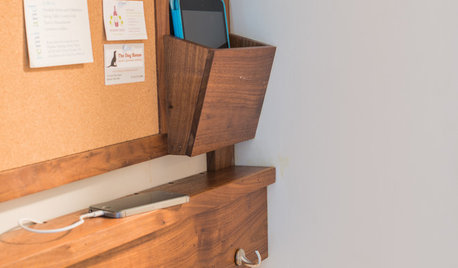
THE HARDWORKING HOMEA New Drop Zone Keeps the Clutter at Bay
The Hardworking Home: A clever wall-mounted station for keys, phones and more helps a family stay organized
Full Story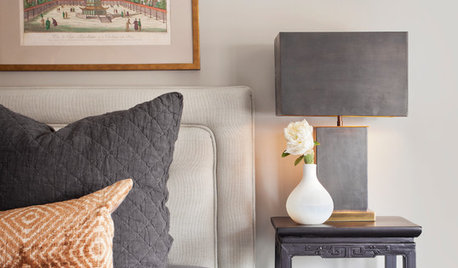
FURNITURE10 Secrets of Successful Secondhand Furniture Shopping
Design professionals offer tips on how, where and what to buy
Full Story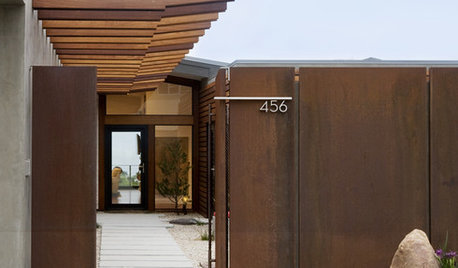
MOST POPULAR8 Things Successful Architects and Designers Do
Good architects tell a story and engage the senses. They understand the rules — and know when to break them
Full Story
ORGANIZINGSmall Steps to Organizing Success
Take care of bite-size projects, and your home's big picture will be an organized dream before you know it
Full Story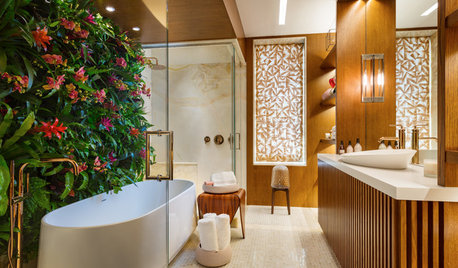
DESIGNER SHOWCASESBold and Daring Designs at the 2018 Kips Bay Decorator Show House
A rainbow ceiling, faux-turf chairs and a giant light necklace are among the eye-catching details in the NYC showcase
Full Story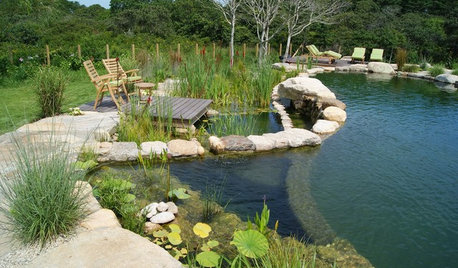
LANDSCAPE DESIGNSecrets of a Successful Water Garden
Relax. Having a water garden is much easier once you understand the basics
Full Story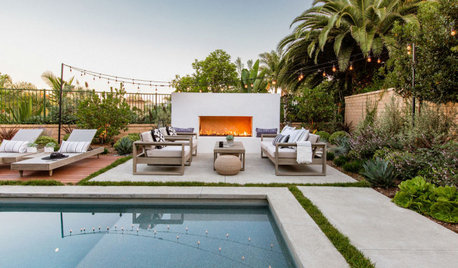
LANDSCAPE DESIGNYard of the Week: New Pool, Grill Area and Stylish Lounge
A landscape designer updates a coastal home to suit a family’s lifestyle and create a welcoming spot for guests
Full Story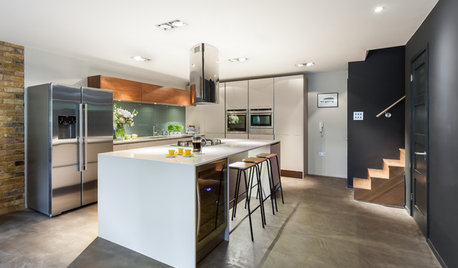
BASEMENTSRoom of the Day: Family Digs In for a Chic New Kitchen and Dining Area
When a homeowner needs to free up kitchen space for her home bakery business, the only way to go is down
Full StoryMore Discussions








Sara Malone Zone 9bOriginal Author